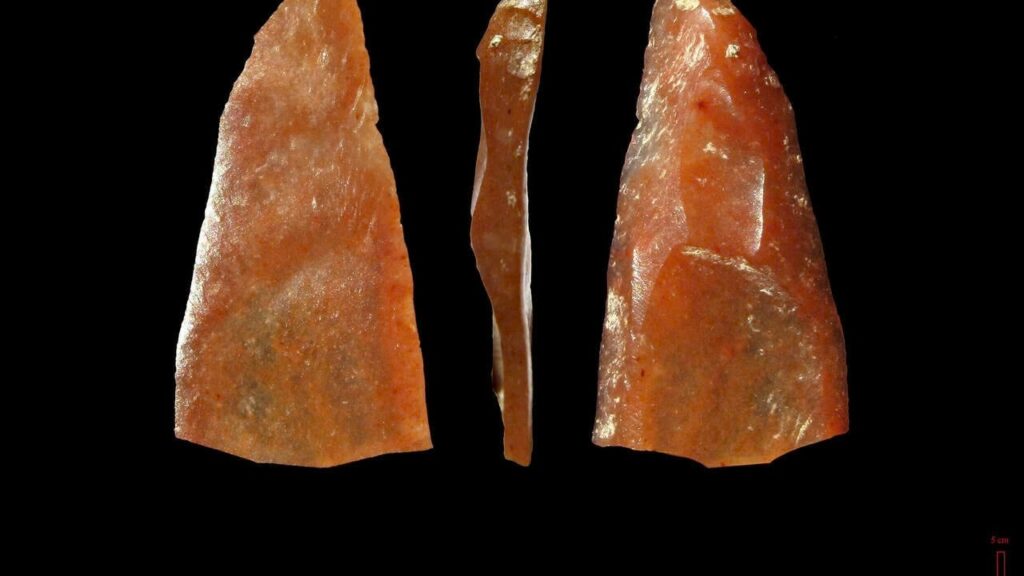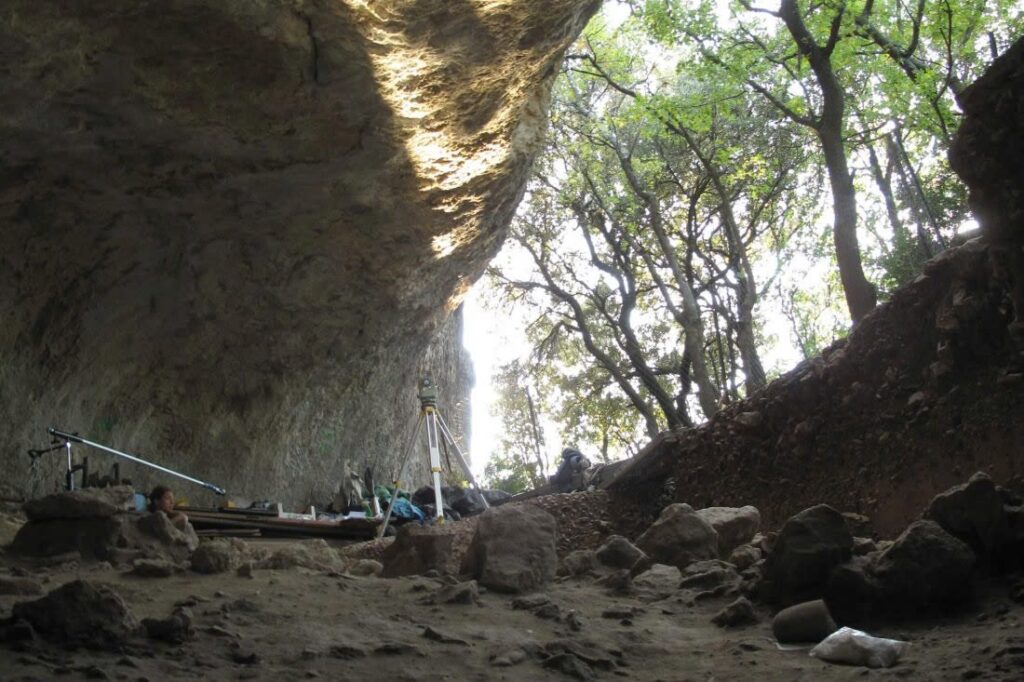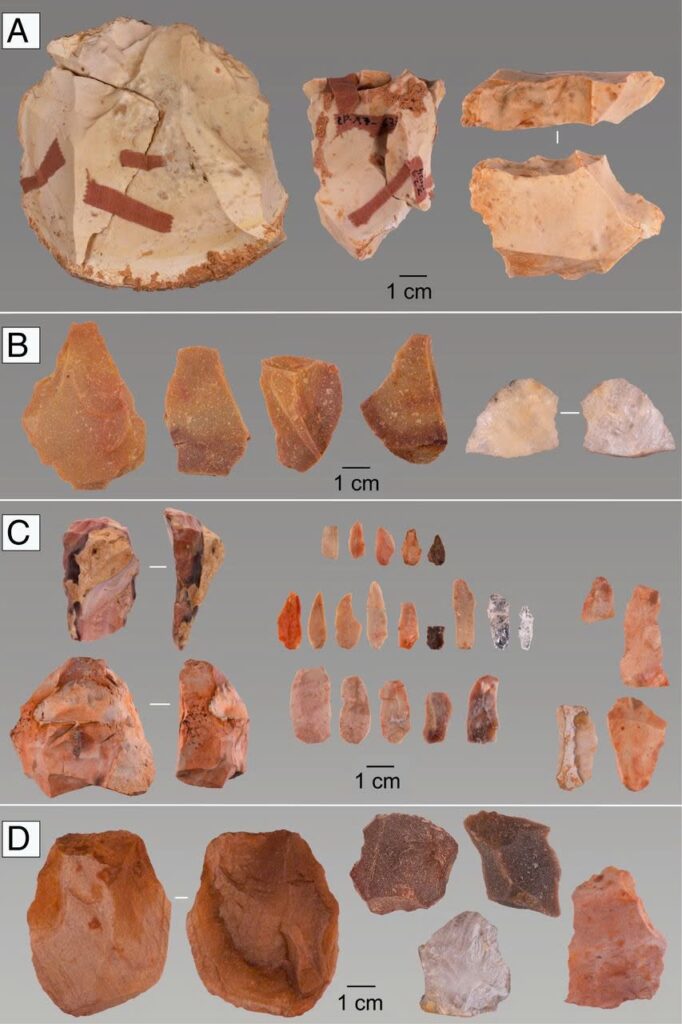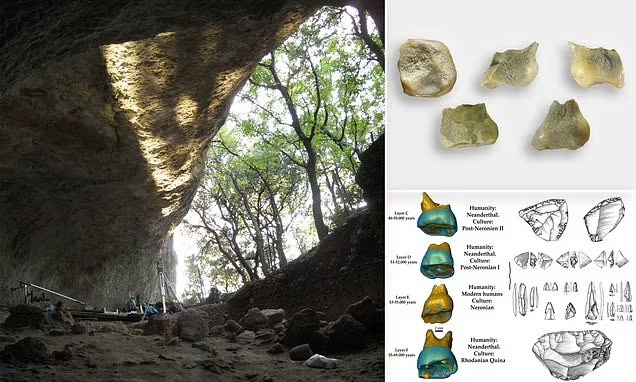Groundbreaking Discovery at Mandrin Cave in France
Unveiling the Early Presence of Homo Sapiens in Neanderthal Territory

A recent archaeological study published in Science Advances has rewritten the timeline of human migration into Europe. Led by Ludovic Slimak of Toulouse University, researchers have uncovered evidence suggesting that Homo sapiens arrived in Western Europe around 54,000 years ago, nearly 10,000 years earlier than previously believed.
The Mandrin Grotto: A Prehistoric Time Capsule

The Mandrin cave, located in southern France’s Rhone region, has yielded a treasure trove of archaeological remains dating back over 80,000 years. Slimak describes it as a “Neanderthalian Pompeii,” with layers of sediment preserving a detailed record of human occupation.
Evidence of Early Modern Humans
Researchers discovered a distinct layer, dubbed the “E layer,” containing over 1,500 finely crafted flint points. These tools, some less than a centimeter in length, demonstrate a level of standardization and precision previously unseen in Neanderthal artifacts. The team believes these may have been arrowheads, a technology not known to exist in Europe at that time.
The Telltale Tooth

A crucial piece of evidence came in the form of a child’s milk tooth found in the “E layer.” Advanced imaging techniques confirmed it belonged to a modern human, providing the earliest known evidence of Homo sapiens in Western Europe.
Alternating Occupancy

One of the study’s most intriguing findings is that Neanderthals and Homo sapiens appeared to have alternately occupied the Mandrin cave, sometimes within the span of a year. While no evidence of cultural exchange was found, this rapid succession of occupants offers new insights into the dynamics between these two human species.
This groundbreaking research challenges our understanding of human migration patterns and the coexistence of different human species in prehistoric Europe, opening up new avenues for future studies in human evolution and archaeology.
